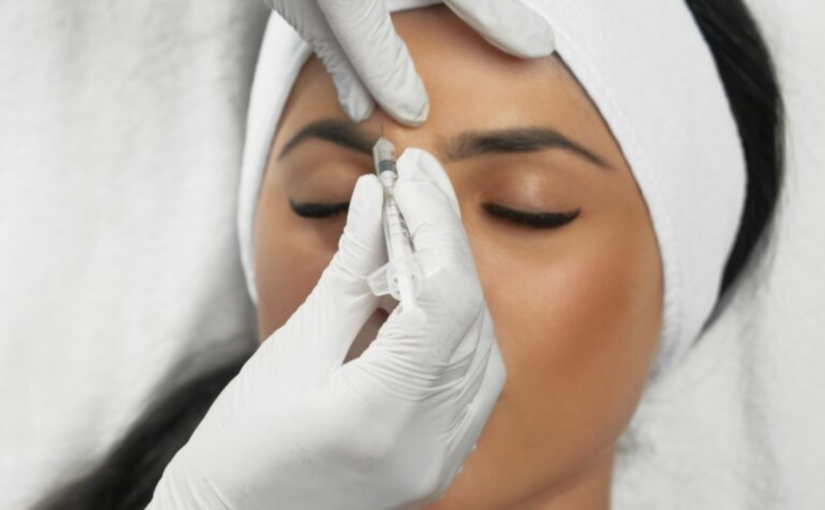Botox before and after.
Wow! We’re now into June and finally getting the summer weather shining down upon us. This week, while writing this, it has been an absolute scorcher so like me I hope you have managed to stay cool and topped up with your sunscreen applications! If you need any advice regards to being out in the sun and why sunscreen is so important, please read my recent blog on skin cancer. I wrote this for Skin Cancer Awareness Month but it’s still very relevant and really important.
Let’s talk about Botox
In this blog we want to talk about Botox. I had a conversation with a client this week and she told me her friend was thinking of getting Botox to “improve her skin.” Obviously, my well-educated client put her friend right and said this was not the correct approach. Which got me thinking about the importance of getting the right message across and prompted this blog. The subject of Botox is always coming up in clinic and it should be carefully discussed. I feel that PR often creates a narrative that Botox can fix anything and although it was created for medical purposes it wasn’t designed to slowdown or stop the natural process of ageing.
Love it or hate it
Botox, whether you love it or hate it due to personal experience, the PR it receives, or just because it’s the word around town, it does have a huge place in the aesthetic industry. In fact, around 18million pounds worth! But when it comes to improving skin health it doesn’t really do a great deal.
So, let’s consider Botox before and after its introduction as a cosmetic procedure. It was first discovered around 1920 and became the centre of many people’s research. The largest discovery coming around 1950, when learning that it could help muscle spasms. But it wasn’t until 1989 that it became licenced in America for medical use and 2002 for cosmetic procedures. The UK followed similar pace. I think most people are aware of the cosmetic reasons for Botox, frown lines and crow’s feet, but not its medical implications and its use to treat excessive sweating (hyperhidrosis), muscle spasms of the eyelids (blepharospasm), cross eyes and other medical conditions such as cerebral palsy, Overactive bladder and migraines.
So what does it do
There’s a common myth out there that Botox can heal all wounds and rejuvenate the skin, but that’s not entirely true. Botox is a protein that is injected directly into the muscle temporarily paralysing or weakening it for three to four months, on average. But it can vary depending on the person and how much they use it. This process stops the signal from the nerves to the muscle preventing the muscle from contracting and therefore no more lines. But that’s where its benefits end. Yes, it gives you a nice smooth forehead, or reduces those crow’s feet, but it can not give you glowing skin.
This is why Botox and skin care go hand in hand. In fact, we know some aesthetic doctors that refuse to administer Botox to clients that aren’t taking care of their skin.
Anti-ageing
Now we’re not against Botox, we regularly have specialists working with our clients from our Skincare Clinic in Sheffield. There is a place for Botox, but it has its limitations when it comes to your look, including anti-ageing. That’s why we continuously push for clients to see the relationship between Botox and good skin health and act accordingly. With Botox, your lines may disappear, but if you aren’t feeding your skin with the right actives or protecting it daily from the sun, as well as having your in-clinic treatments, your skin is in fact still ageing and Botox will only temporarily cover the issues.
Conclusion
So, by all means if you want to go for the injectables, then do. But just like buying a car without maintaining the engine. It may always look good but without oil and water it’s breaking underneath.
If you want to know more about Botox, skin care or how the two align, please reach out and contact the clinic as we’ll be happy to explain further and help where we can. We will never judge you on your appearance or personal choices. There are a lot of false information around Botox and it can be hard to know what’s right or wrong.

